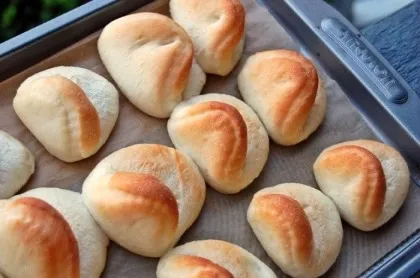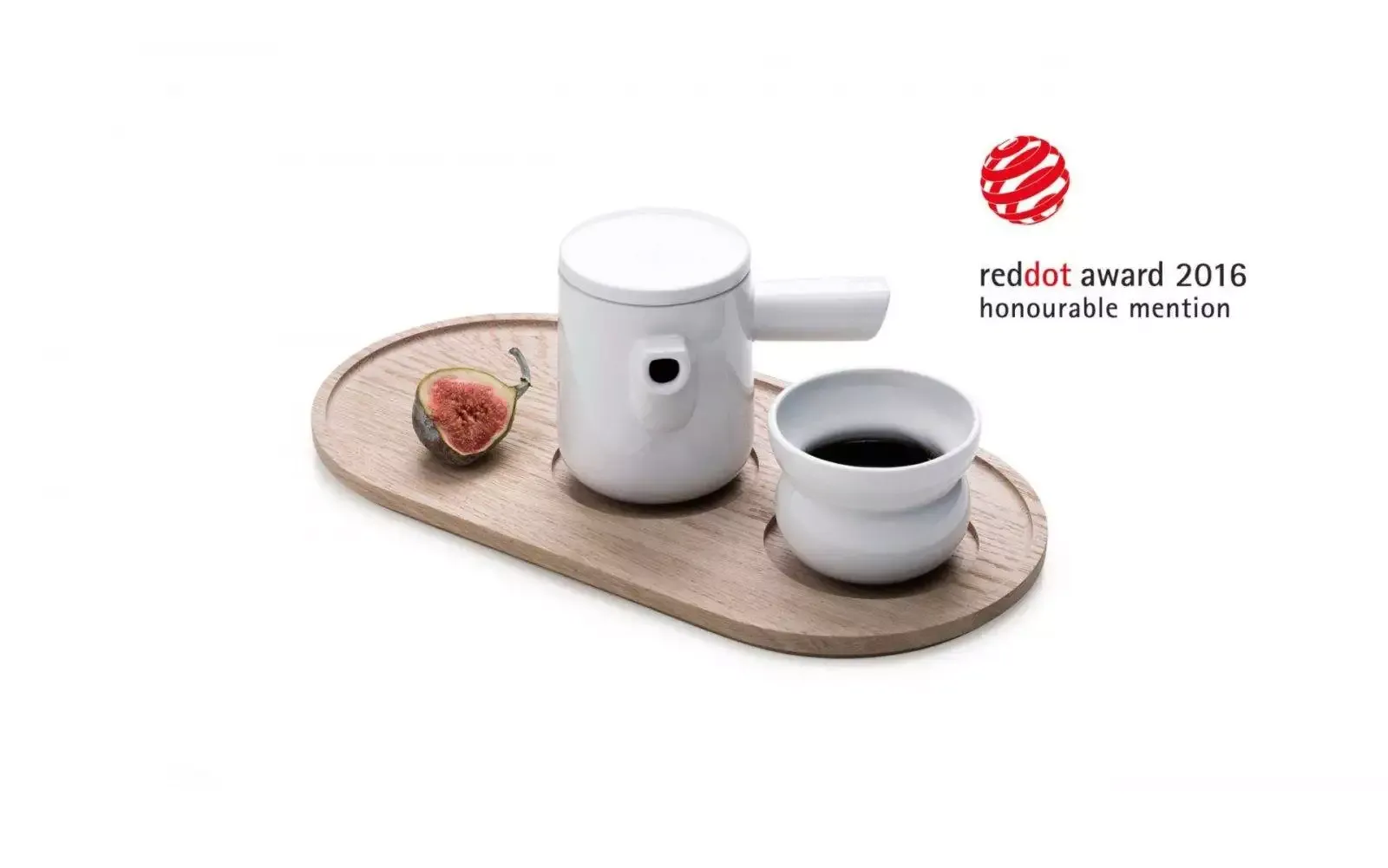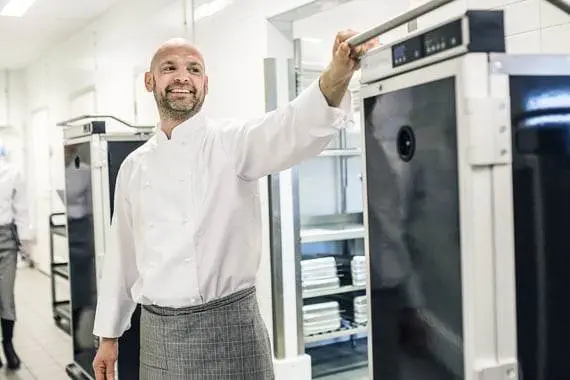See below for recipe
History of Parker House Rolls
Parker House Rolls are a type of sweet, soft, and buttery bread roll. They have been a staple in American cuisine for over a century. The rolls originated at the Parker House Hotel in Boston, Massachusetts, the first luxury hotel in the United States. The hotel’s chef, a man named M. Antoine, is credited with creating the recipe for the rolls in the 1870s. The rolls quickly became a favorite among the hotel’s guests. Their popularity soon spread to other parts of the country.
The original recipe for Parker House Rolls has remained largely unchanged to this day. It is still a closely guarded secret. However, it is known that the rolls are made with a combination of flour, yeast, sugar, and butter, which gives them their distinctive flavor and texture. The rolls are also known for their unique shape, which is achieved by folding the dough over itself before baking. This process creates a soft, fluffy interior and a crispy, golden-brown exterior that is characteristic of Parker House Rolls. Over the years, the rolls have become a beloved American treat. They are often served at special occasions such as holidays and weddings.
Cultural Significance
In terms of its cultural significance, the Parker House roll has played a notable role in American food culture, with many restaurants and bakeries offering their own versions of the roll. The roll’s popularity has also been fueled by its appearance in various media outlets and cookbooks, further solidifying its place in American culinary history. As we continue to celebrate the Parker House roll and its enduring legacy, we are reminded of the power of food to bring people together and create lasting memories.
The story of the Parker House roll serves as a testament to the importance of preserving traditional recipes and baking techniques, while also embracing innovation and creativity in the culinary world. As we look to the future of American baking, it is clear that the Parker House roll will remain a beloved classic, cherished by generations to come. With its rich history, delicious flavor, and enduring popularity, the Parker House roll is an integral part of American culinary culture.
Secrets to Parker House Rolls
Due to the natural tendency of yeast dough to both stretch and shrink as you work with it, don’t stress when you don’t end up with rolls that are all the same size. Just arrange them however they best fit to cover most of the bottom of the pan—a shorter one next to a longer one, etc. When they rise and bake, no one will care about size perfection.
The “original” Parker House roll recipe calls for the dough to be cut in circles, dipped in butter, and folded over. However, having tried this rather messy process in the past, and ending up with rolls that popped open in the oven, rather than hold their shape (and their buttery pocket), Chef John Coletta has opted for a slightly different method. The result? Softly rounded rectangular rolls, looking very much like the rolls served these days at the Omni Parker House hotel—still a Boston landmark after all these years.
Parker House Rolls – Recipe
Adapted by JOHN COLETTA
Yields 16 roll servings
Ingredients
- 360g. Flour; Bread; Organic
- 8g. Yeast; Instant
- 40g. Sugar; Granulated
- 8g. Salt; Sea; Fine Grind
- 50g. Flour; Potato
- 45g. Butter; Unsalted; Room Temperature
- 230g. Milk; Pasteurized; Whole
- 1 Egg; Extra Large
- 60g. Butter; Unsalted, Melted For Brushing
Instructions
- Weigh your flour; or measure it by gently spooning it into a cup, then sweeping off any excess. In a large mixing bowl, or in the bowl of an electric mixer, fitted with a dough hook.
- Place all of the ingredients (except the 60g) melted butter at the end), mixing to form a shaggy dough.
- Note: to speed the rising process, whisk together the milk and egg. Heat gently, just enough to remove the refrigerator chill; then add to the remaining ingredients.
- Knead the dough, by hand (10 minutes) or by machine (7 to 8 minutes) until it’s smooth.
- Place the dough in a lightly greased bowl or 2 liter measure (so you can track its rising progress). Allow it to rise for 90 minutes; it’ll become quite puffy, though it probably won’t double in bulk. Note: the dough takes quite a while to get going. After 1 hour, it may seem like it has barely expanded at all. But during the last half hour, it rises more quickly.
- Transfer the dough to a lightly greased work surface. Divide it in half. Working with one half at a time, roll or pat the dough into a 20 x 30 cm rectangle.
- Brush the dough all over with a light coating of the melted butter. You’ll have butter left over; you’ll need it for the other half of the dough, as well as for brushing on top of the baked rolls.
- Cut the dough in half lengthwise, to make two 10 x 30 cm” rectangles. Working with one rectangle at a time, fold it lengthwise to about 1.50 cm of the other edge, so the bottom edge sticks out about 1.50 cm beyond the top edge. You’ll now have a rectangle that’s about 6 x 12 cm. Repeat with the other piece of dough.
- Cut each of the rectangles crosswise into four 7.50 cm pieces; making a total of 8 folded rolls, each about 6 x 7.50 cm. Flip the rolls over (so that their smooth non-folded side is facing up), and place them in a lightly greased 23 x 30 cm pan. Repeat with the remaining piece of dough, making 16 rolls in all. You’ll arrange 4 rows of 14 cm the pan, with the longer side of the rolls going down the longer side of the pan. Gently flatten the rolls to pretty much cover the bottom of the pan.
- Cover the pan, and let the rolls rise for about 45 minutes to 1 hour, until they’re puffy but definitely not doubled. Towards the end of the rising time, preheat the oven to 180°C.
- Bake the rolls for 20 to 25 minutes, until they’re golden brown and feel set.
- Remove them from the oven, and brush with the remaining melted butter. Pull them apart to serve.
For more recipes, visit www.worldchefs.org/news.














